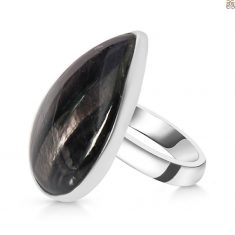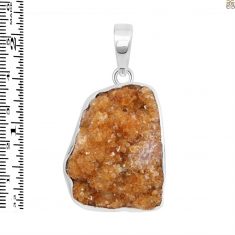Blue Agate Brilliance: Azure Shades in Nature’s Paintings
The Achates River in modern-day Sicily is where the name “Agate” originated. Between 400 and 300 B.C., a Greek naturalist discovered agate there. Agate, particularly South American agate, frequently has a naturally occurring grey colour when left in its original state. Though most Blue Agate is coloured by dyeing, there are some naturally occurring variations that are outliers, such as “Holley blue agate” and blue lace agate (see our Gem Note on blue lace agate). The Romans knew how to dye, but it was in Idar-Oberstein, Germany—a major hub for cutting and dying since the early 16th century—that the closely-guarded technique of dying agate achieved its pinnacle.



































